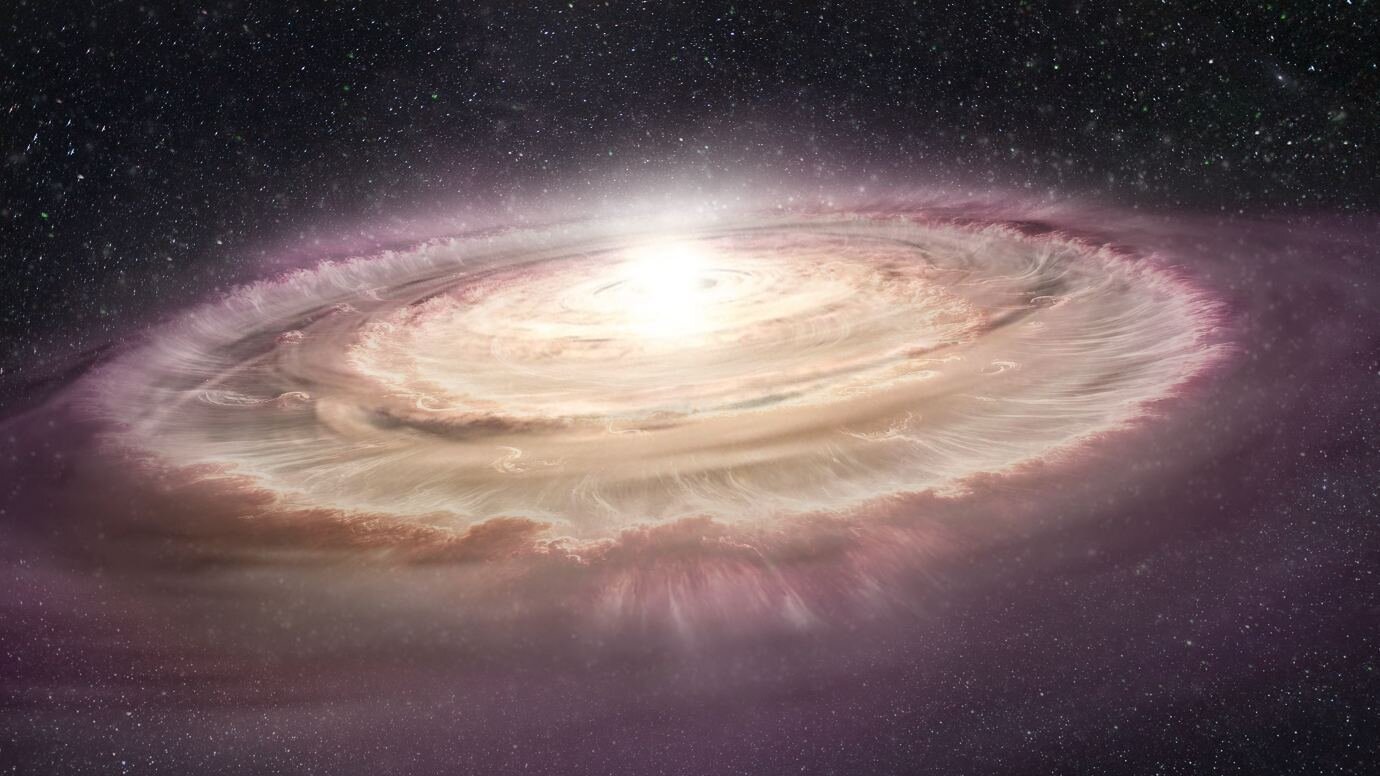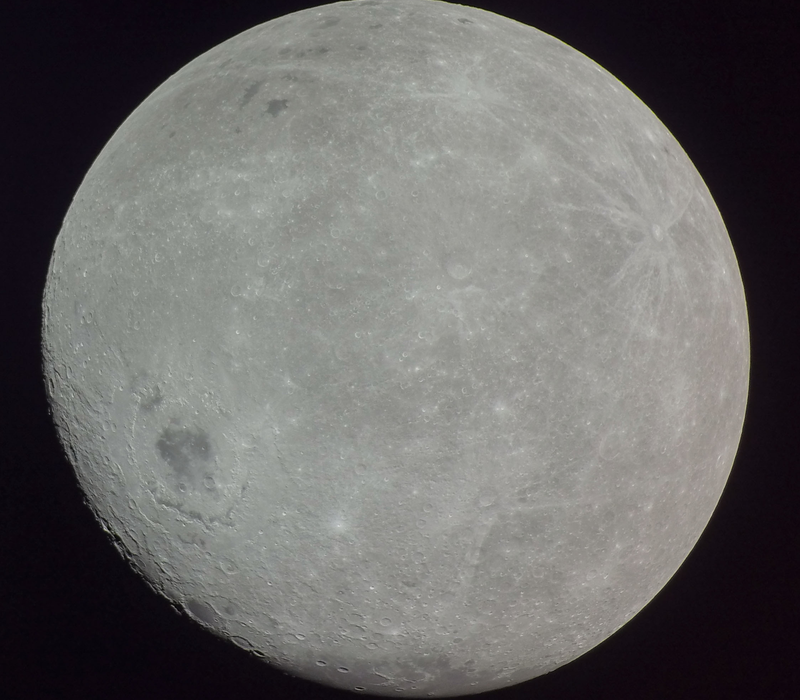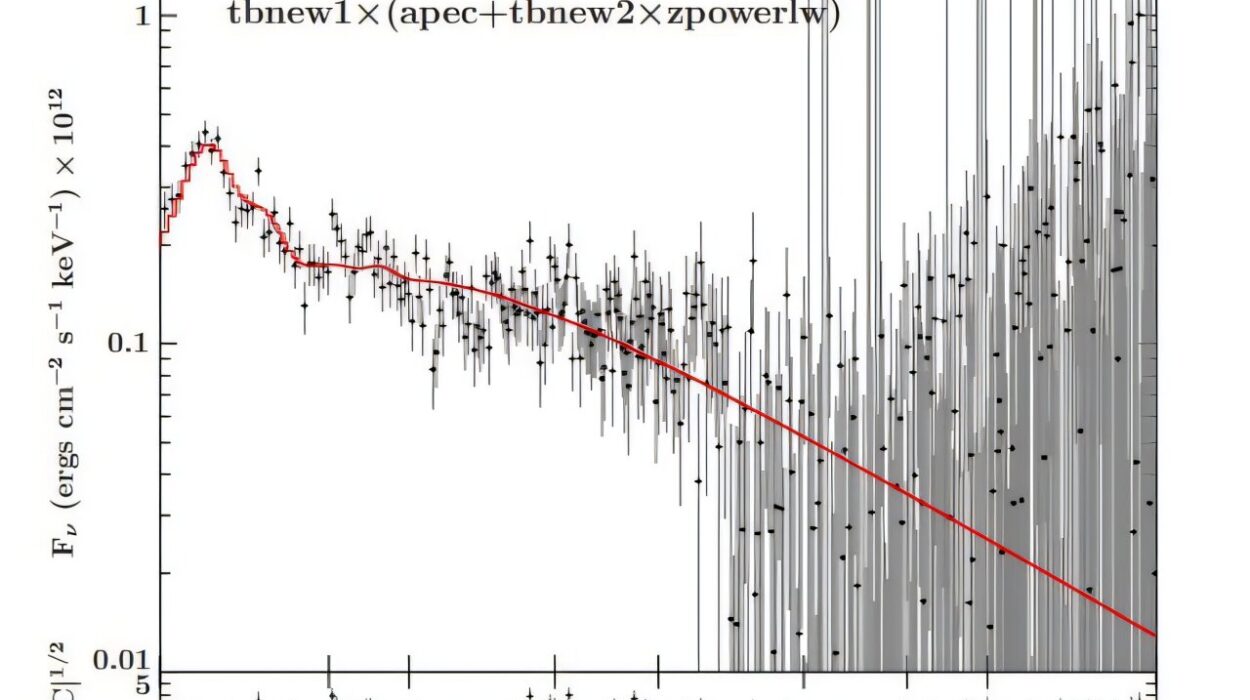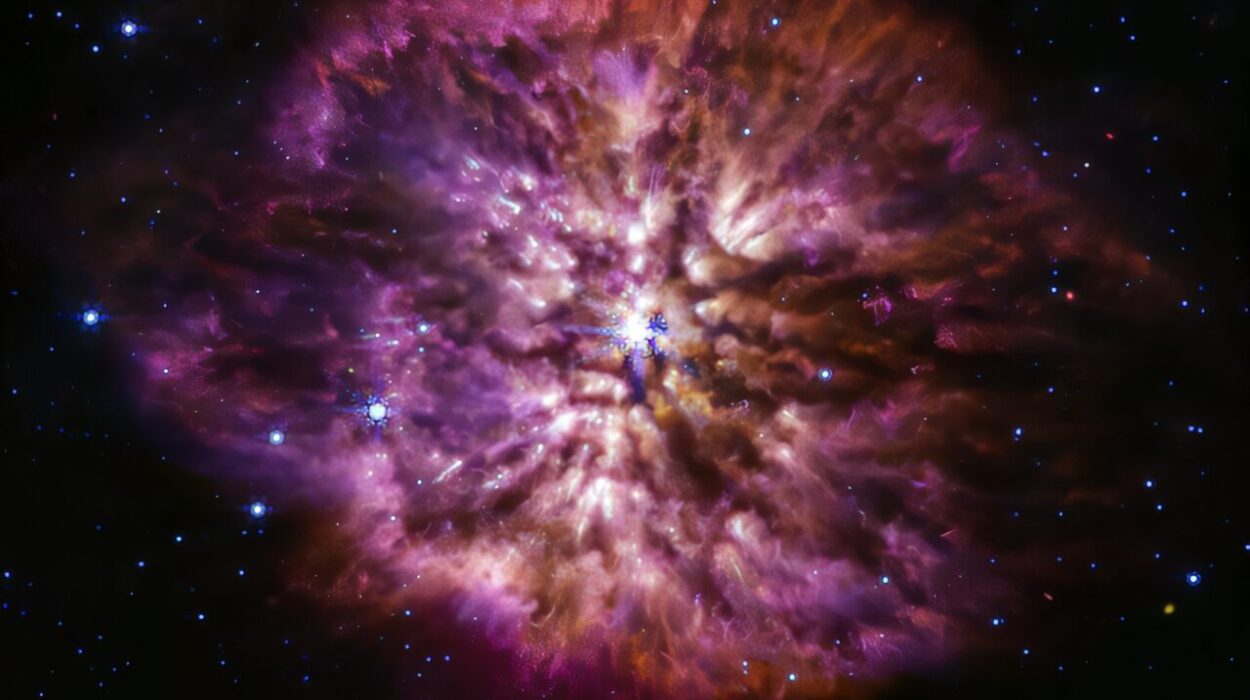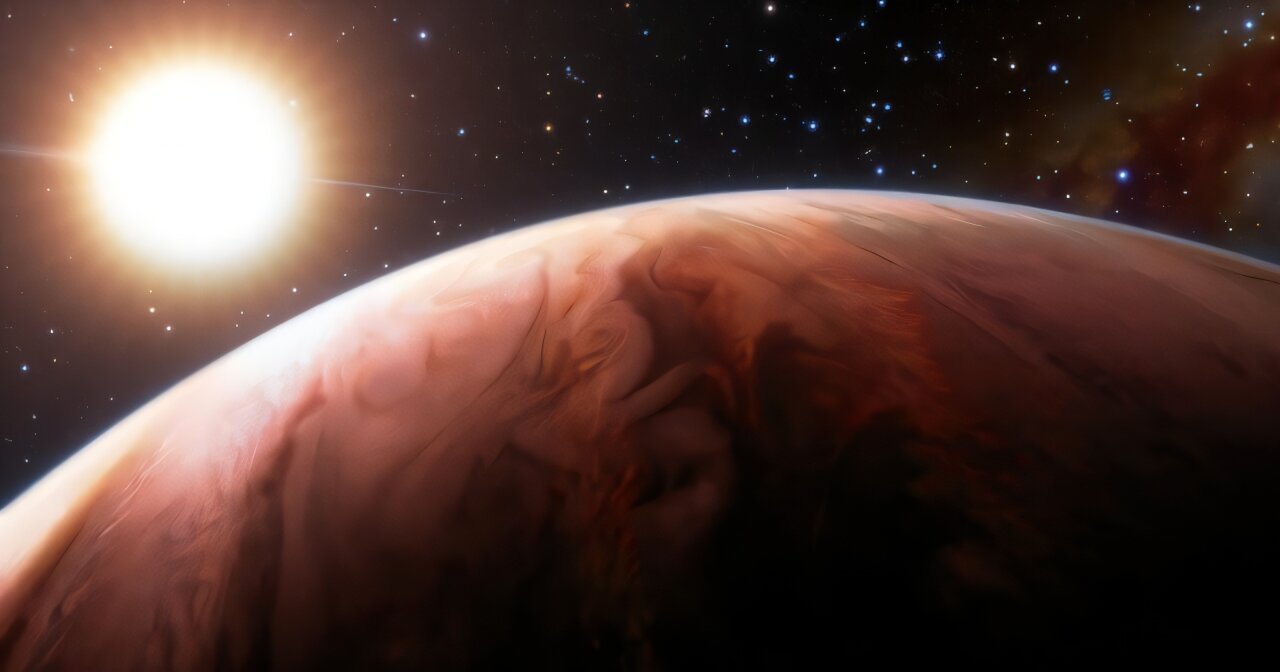The birth of new stars is a remarkable process that has intrigued astronomers for centuries. According to the widely accepted model of star formation known as the nebular hypothesis, new stars arise from vast clouds of dust and gas in space. These clouds, referred to as nebulae, undergo gravitational collapse, eventually giving birth to a new star. In the process, the remaining gas and dust form a protoplanetary disk around the newly formed star, which over time accumulates to form planets. This process of star and planet formation is a key area of research in modern astronomy.
For the past decade, one of the most powerful tools for studying young stars and their surrounding disks has been the Atacama Large Millimeter/submillimeter Array (ALMA) located in Chile. This array of radio telescopes has enabled astronomers to capture high-resolution images of distant protoplanetary disks, giving them unprecedented insights into the conditions under which planets form. Using ALMA, astronomers have been able to study the intricate details of these disks, looking for patterns and structures that indicate how planets might be forming.
In a groundbreaking recent study, an international team of astronomers used ALMA to examine a group of protoplanetary disks in the Sigma Orionis cluster, located in the constellation Orion. The Sigma Orionis cluster is a young star cluster that is an excellent laboratory for studying the early stages of star and planet formation. By observing eight protoplanetary disks in this cluster, the astronomers uncovered surprising evidence that challenges some of the prevailing ideas about where and how planets can form.
The team, led by Jane Huang, an assistant professor at Columbia University’s Department of Astronomy, and joined by colleagues from NASA, the University of St. Andrews, and other institutions, discovered something unexpected: many of the protoplanetary disks they observed contained gaps and rings, structures that are commonly seen in the disks of star systems where planets are actively forming. These gaps and rings are thought to be indicators of the presence of giant planets, which can form in the disks by gravitationally clearing out regions of material.
What made these findings particularly surprising was the environment in which the protoplanetary disks are located. The Sigma Orionis cluster is home to a massive star that emits intense ultraviolet (UV) radiation, which can be extremely harsh on the material in surrounding disks. Ultraviolet radiation is known to have the potential to disrupt the process of planet formation by ionizing the gas in a disk and heating it to high temperatures. Prior research had suggested that such extreme radiation could prevent planet formation from occurring in the outer regions of protoplanetary disks.
However, the team’s observations revealed that, despite the high levels of UV radiation in the region, signs of planet formation were still evident in the disks. This suggests that planet formation may be more robust than previously thought, capable of occurring even in environments that were once considered inhospitable. This discovery has important implications for our understanding of how planets form, as it suggests that planet formation could be happening in a much wider variety of environments than previously imagined.
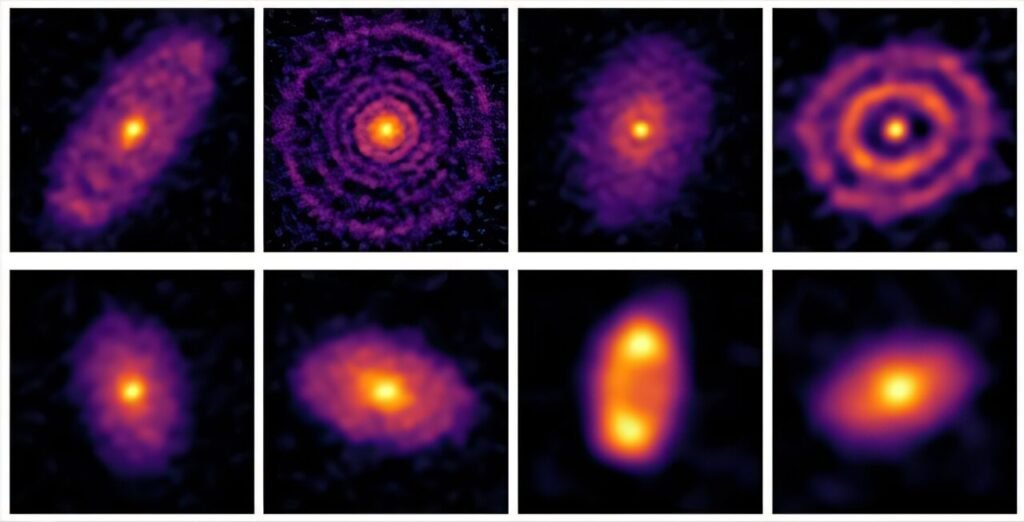
Using ALMA’s most extended configuration of its 12-meter antennas, the research team was able to achieve unprecedented levels of resolution, capturing images with a level of detail that was previously unattainable. This configuration, which effectively acts as a “zoom lens,” allowed the team to resolve features in the disks that are as small as eight astronomical units (AU) in size—roughly eight times the distance between the Earth and the Sun. Such high resolution enabled the astronomers to observe gaps and rings in the disks, which are commonly associated with the formation of planets.
Among the most intriguing findings of the study was the disk known as SO 1274, which was found to contain five distinct gaps. These gaps are consistent with the kind of structures seen in other protoplanetary disks around stars where giant planets are in the process of forming. The gaps may represent regions where planets are already forming or where the gravitational forces of growing planets are clearing out material in the disk. The observation of multiple gaps in SO 1274 suggests that a system of planets could be in the early stages of formation in this disk.
While the findings were exciting, they also raised questions about the processes occurring in these disks. In particular, the team noted that the intense UV radiation from the massive star at the center of the Sigma Orionis cluster should, in theory, inhibit planet formation, especially in the outer regions of the disk. This was in contrast to previous studies, which focused on protoplanetary disks in regions with much lower levels of UV radiation. These earlier studies had suggested that planets were more likely to form in environments with less intense stellar radiation. The discovery that planet formation can still take place in the harsh UV environment of the Sigma Orionis cluster challenges this assumption, pointing to the possibility that planet formation may be more resilient to external factors than previously believed.
Astronomers have long known that planet formation is a complex process that involves a delicate interplay between dust, gas, and gravitational forces. As a protoplanetary disk forms around a young star, particles of dust collide and stick together, gradually forming larger bodies known as planetesimals. These planetesimals then undergo further collisions and accretion, eventually growing into planets. However, this process is not without challenges. In the outer regions of protoplanetary disks, material is often sparsely distributed, and the intense radiation from nearby stars can heat the disk, making it harder for dust particles to stick together. Despite these challenges, the discovery of gaps and rings in the disks around the stars in the Sigma Orionis cluster suggests that planet formation is still occurring in these extreme conditions.
The findings from this study have important implications for our understanding of the formation of our own solar system. Like the stars in the Sigma Orionis cluster, the Sun is believed to have formed in an environment that was likely irradiated by intense UV radiation. If planets can form in such an environment, it suggests that the early solar system may have experienced similar conditions, and planet formation may have been able to occur despite the harsh radiation from the young Sun.
However, the team cautioned that the gaps and rings observed in the disks could also be the result of interactions between the forming planets and the surrounding disk material. The gravitational influence of planets in the early stages of formation can cause the disk material to be redistributed, creating the characteristic gaps and rings. These interactions could therefore be an indication of planet formation, but they could also be the result of other processes, such as the migration of planets within the disk.
To better understand the mechanisms behind these structures, follow-up studies will be necessary. Researchers will need to investigate how planets interact with the material in the disk and whether these interactions are responsible for the observed gaps and rings. In addition, future observations of protoplanetary disks in even more extreme environments will help to refine our understanding of the conditions under which planets can form.
The research team’s work highlights the power of ALMA as a tool for studying protoplanetary disks and planet formation. ALMA’s high-resolution imaging capabilities allow astronomers to study disks in unprecedented detail, revealing structures that were once beyond the reach of traditional telescopes. By studying disks in diverse environments throughout the galaxy, ALMA is helping to paint a more complete picture of how planets form and the conditions under which this process can occur.
Reference: Jane Huang et al, High-resolution ALMA Observations of Richly Structured Protoplanetary Disks in σ Orionis, The Astrophysical Journal (2024). DOI: 10.3847/1538-4357/ad84df
